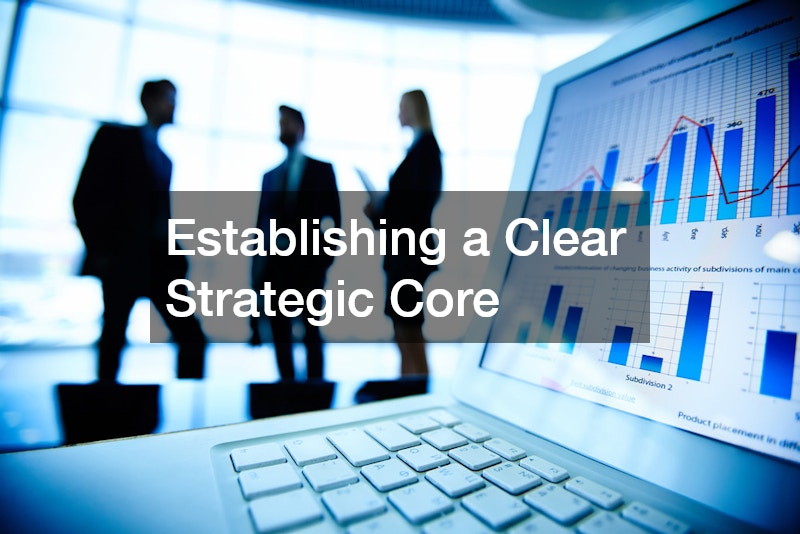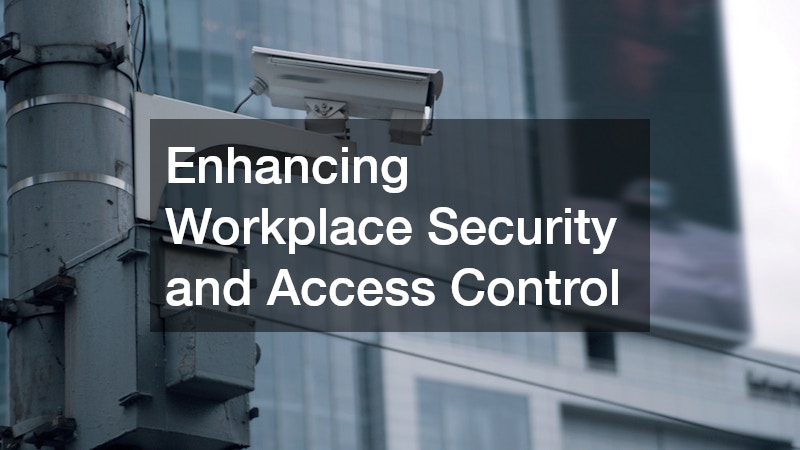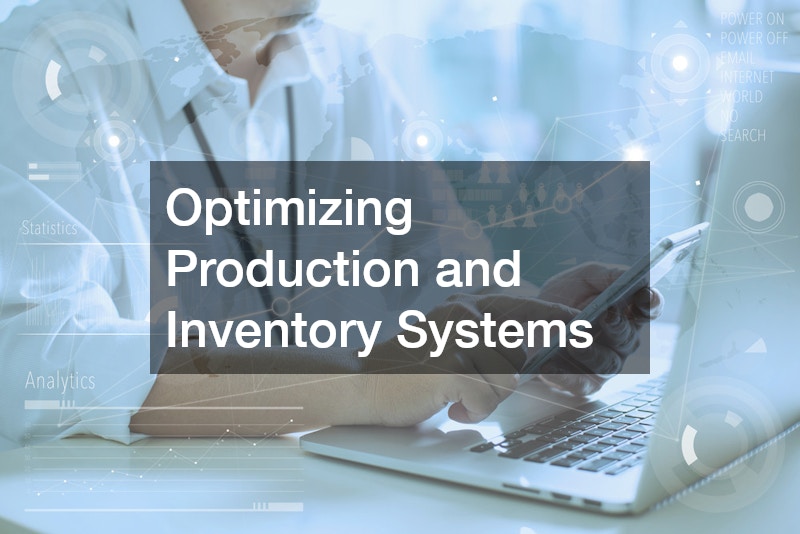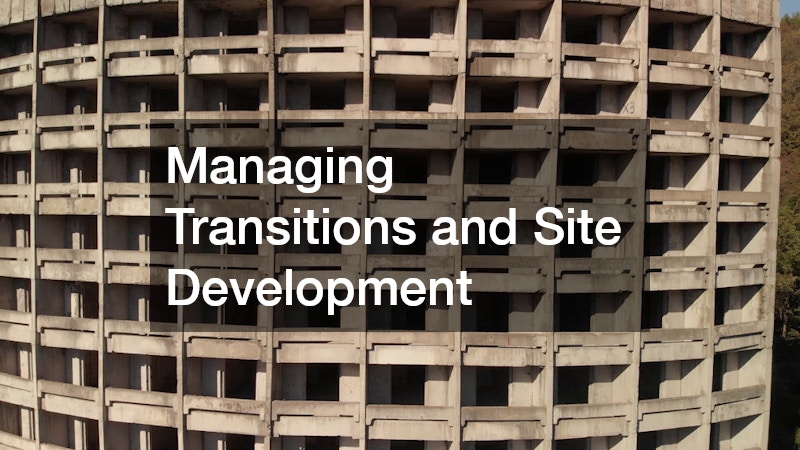In today’s fast-paced and ever-changing landscape, thriving as a modern leader means embracing strategies that are not just innovative, but adaptable. Whether you’re launching a startup or steering an established enterprise, aligning your operations with thoughtful, forward-looking approaches can unlock remarkable potential. Success isn’t just about tools or systems—it’s about creating harmony between people, processes, and technology to drive growth, efficiency, and long-term resilience.
This article takes a deep dive into the key strategies that help organizations operate smoothly while preparing for future challenges. From building a strong strategic foundation to managing transitions and development projects, we’ll explore practical ways to enhance efficiency, safeguard assets, and nurture collaboration. You’ll learn how to leverage modern technologies, strengthen brand visibility through both physical and digital presence, and optimize operational systems—all while keeping your team engaged, motivated, and aligned toward shared goals. Along the way, we’ll also highlight ways to balance innovation with structure, empowering leaders to make informed decisions, anticipate challenges, and build an ecosystem where every part of the organization supports the others. By connecting structure, creativity, and purpose, businesses can achieve not just stability, but sustainable growth and meaningful impact in an increasingly competitive world.

Establishing a Clear Strategic Core
For any business to flourish, a clearly defined strategic core is essential. This core revolves around a robust vision and mission that guide all significant decisions and actions. Establishing a strategic core serves as a compass, directing business efforts toward reaching operational goals and ensuring long-term value creation.
Entrepreneurs must meticulously outline their strategic objectives, aligning them with core business values. A strong strategic core distinguishes a business in a saturated market, helping to demarcate its niche and clarify its value proposition. Maintaining this focus allows enterprises to align all operations, from branding to material requirement management, around the core philosophy.
Beyond internal benefits, a defined strategic core fosters trust among stakeholders, as it represents a stable foundation upon which all business operations are built. Whether dealing with external partners like a marketing agency or internal teams, clear strategic guidance simplifies collaborations and communications. Thus, setting a strategic core early on can be a linchpin for success in today’s complex business environment.
Fostering Innovation and Leadership
Innovation is the lifeblood of a sustainable business model, driving growth and improved competitiveness. Cultivating an environment where entrepreneurship thrives demands a focus on nurturing leadership and creative thinking. It is the role of business leaders to champion innovation, encouraging team members to think outside the box and pursue bold ideas.
An entrepreneur should actively promote a culture of experimentation, where calculated risks are welcomed as learning opportunities. By using strategies like design thinking, businesses can discover novel solutions to existing challenges, paving the way for new business opportunities. Encouraging innovation enhances market relevance, ensuring a company stays ahead of industry trends and competitors.
Furthermore, leadership goes beyond just managing a team; it involves inspiring and influencing others to realize their full potential. Effective leaders focus on developing their team’s skills, helping find innovative approaches to solve complex business problems. This forward-thinking mindset not only boosts productivity but also ignites a passion for excellence throughout the business, reinforcing the strategic core.
Strengthening Brand Visibility and Messaging
Brand visibility is critical for gaining a competitive edge and establishing trust in today’s marketplace. One effective method is through custom signs and banners, which are powerful tools for communication and customer engagement. These branding elements allow businesses to communicate their message clearly and consistently, ensuring they stand out in a crowded market.
Consistent messaging through custom branding helps cement a business’s presence in the minds of consumers. It generates awareness and recognition, essential ingredients for fostering customer loyalty and driving business growth. Entrepreneurs must focus on carefully selecting design elements that resonate with their strategic core, enhancing their brand identity.
Beyond aesthetics, successful brand visibility strategies require a well-rounded approach—including digital marketing, media presence, and thorough customer engagement. Collaborating with a marketing agency can provide valuable insight and expertise in crafting campaigns that broaden market reach and solidify brand positioning. These efforts create a cohesive brand experience, ultimately contributing to increased visibility and ongoing success.

Enhancing Workplace Security and Access Control
In an age where cyber threats and data breaches are increasingly prevalent, businesses must prioritize workplace security. Implementing sophisticated access control systems can significantly enhance security measures, safeguarding both physical and digital assets. These systems monitor and regulate who has access to specific areas, thereby mitigating potential threats to operations.
Access control systems offer more than just security; they also provide valuable analytics, helping businesses optimize operations and resource allocation. By understanding workplace flow patterns and access needs, companies can take proactive steps to improve efficiency and ensure workplace safety. This can reduce vulnerabilities, aiding compliance with industry standards and regulations.
Deploying advanced security solutions illustrates a commitment to protecting business assets and maintaining operational integrity. Businesses dealing with sensitive information, such as customer data or proprietary technologies, benefit greatly from these proactive security measures. As a result, they create a safe working environment, fostering trust among employees and clients alike, aligning it with the strategic core objectives.
Ensuring Structural Integrity and Compliance
For businesses involved in construction and infrastructure, ensuring structural integrity is paramount. Collaborating with local structural engineers can help anticipate risks, ensuring that structures not only comply with regulations but are also robust against natural and human-made challenges. This proactive approach helps prevent costly renovations or repairs in the future.
Local structural engineers offer expertise in designing compliant structures that withstand environmental stressors while meeting all legal standards. They bring critical insights into materials, designs, and technologies, reflecting the business’s commitment to quality and safety. This helps build a reputation for reliability, critical for trust and credibility within the industry.
Moreover, integrating structural integrity measures into the business strategy promotes a sustainable operation by protecting resources and minimizing waste. Such commitment can significantly enhance a company’s standing in the community and among stakeholders. This, in turn, positively impacts reputation, driving greater business opportunities and partnerships.
Amplifying Market Reach and Consistency
Market reach is a crucial determinant of a business’s growth potential, requiring a focus on consistency in delivering products and services. Partnering with a marketing agency can offer invaluable support in crafting strategies that broaden outreach and reinforce brand consistency. This involves understanding market dynamics, consumer behavior, and effectively utilizing digital platforms for maximum impact.
A marketing agency can assist in developing comprehensive branding strategies that resonate with target audiences while staying true to the strategic core of the business. These efforts often integrate digital marketing tactics, public relations, and social media campaigns to enhance visibility and customer engagement effectively. By leveraging these strategies, companies strengthen their position within the market, driving sales and loyalty.
Successful market reach necessitates a deep understanding of customer expectations and providing a seamless, consistent experience across all platforms. This involves aligning marketing efforts with customer needs, ensuring that the brand message is cohesive and persuasive. Such a focus on consistency facilitates sustained growth, enabling businesses to achieve their long-term goals more effectively and align with the strategic core objectives.

Optimizing Production and Inventory Systems
Optimizing production and inventory systems is integral to a lean, efficient operation that maximizes profitability and customer satisfaction. Implementing material requirement management systems can streamline production processes, reducing waste and ensuring timely delivery of products. By forecasting demand accurately, businesses can effectively balance supply with market needs.
Material requirement management systems involve detailed planning of resources and processes, ensuring optimal use of materials and labor. This coordination prevents overproduction and underutilization, directly impacting a business’s bottom line. Such a strategic approach not only conserves resources but also promotes environmental responsibility.
Further, optimizing production systems improves reliability and responsiveness, critical factors in a world of rapidly changing consumer demands. By enhancing efficiency, businesses can shorten turnaround times, boosting customer satisfaction and loyalty. This optimization lays a strong foundation for sustained growth, in alignment with the business’s strategic objectives.
Protecting Assets Through Advanced Safety Technology
Advanced safety technology is essential for safeguarding business assets, particularly in sectors prone to fire hazards. Utilizing tools like fire protection system design software enables businesses to design comprehensive safety protocols tailored to specific needs. These systems improve risk management, ensuring rapid response and minimizing potential damages.
Fire protection system design software allows for precise modeling and analysis, optimizing placement, and functionality of fire safety equipment. This proactive design approach elevates the business’s commitment to safety, fostering trust among stakeholders and customers. Such innovations are crucial in mitigating risks and demonstrating due diligence in risk management.
Effective asset protection strategies ensure that businesses can maintain operations with minimal disruptions. In addition to protecting physical assets, they underline a firm’s dedication to employee and client safety, reinforcing brand integrity. By integrating such technology into the business strategy, companies build resilience and lay the groundwork for long-term success.
Maintaining Comfort and Efficiency in Operations
Comfort and efficiency within the workplace are foundational to optimal performance and employee satisfaction. HVAC services play a pivotal role in maintaining a conducive working environment, regulating temperature and air quality, which directly impacts productivity. Investing in innovative HVAC solutions reflects a business’s commitment to employee well-being and operational efficiency.
Modern HVAC services offer advanced technology that optimizes energy use, crucial for reducing operating costs and promoting sustainability. Regular maintenance of these systems ensures they operate at peak efficiency, minimizing downtime and enhancing workspace comfort. This focus on comfort and efficiency can lead to significant productivity gains, aligning with strategic business goals.
Moreover, an efficiently managed climate can contribute to employee health, reducing absenteeism and enhancing overall job satisfaction. Businesses that prioritize such aspects are likely to witness improved morale and engagement, translating to better performance and results. By aligning these efforts with business strategy, companies can achieve enhanced operational efficiency and productivity.

Managing Transitions and Site Development
Managing transitions, including site development and transformation, requires precision and expertise. A demolition company can provide critical insights and services necessary for clearing spaces and structuring new development projects safely and efficiently. This is crucial for businesses aiming to expand or relocate, as efficient site development is essential for minimizing disruptions.
Engaging a skilled demolition company ensures projects adhere to safety and environmental regulations, reducing potential legal and operational risks. This partnership supports businesses in planning and executing seamless transitions that align with strategic goals. Effective management of such projects also contributes to cost savings by minimizing project delays and avoiding permit issues.
Moreover, well-executed site development improves infrastructure efficiency, paving the way for new growth opportunities. It signals a business’s readiness to invest in future expansion, reinforcing its commitment to growth and long-term success. By managing transitions effectively, businesses position themselves strategically for continued development and competitive advantage.
Adapting to modern business strategies is crucial for entrepreneurs aiming to achieve long-term success and sustainability. Whether it’s through enhancing brand visibility with custom signs and banners or optimizing production with material requirement management, these strategies offer invaluable solutions. Leveraging access control systems, local structural engineers, and advanced safety technologies further prepares businesses for future challenges while safeguarding assets.
As the landscape continues to evolve, maintaining a focus on the strategic core and fostering a culture of innovation will be central to ongoing success. Strengthening market reach with the help of a marketing agency and prioritizing comfort through HVAC services will also contribute to sustainable growth and productivity. By implementing these strategies, businesses can navigate challenges effectively and seize growth opportunities, ensuring a prosperous future in an ever-competitive environment.
Successful integration and execution of these multifaceted strategies will not only solidify a business’s operational foundations but will also enhance its adaptability to unforeseen changes in the market. Entrepreneurs and business leaders are encouraged to remain agile, always seeking to refine their strategies to align with the strategic core and business goals. Building strong relationships with partners, investing in employee development, and continuously evaluating processes further strengthens resilience. Together, these efforts will ensure that businesses remain competitive, innovative, and successful in the long run, fostering a sustainable ecosystem where every component supports growth, efficiency, and lasting impact.

